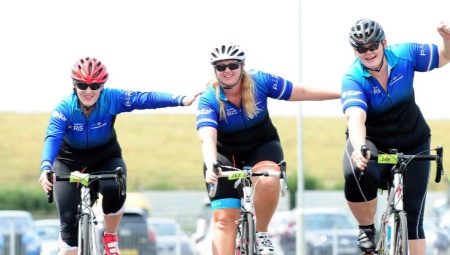Cycling is one of the most important types of sports hobbies. For many, this is not only a means of transportation, but also a way of life. But what about being full of people whose weight approaches 150 kg? Let's try to dispel the myth of the inaccessibility of cycling for large people. The main thing is to choose the “iron horse” correctly and modify it to fit your physical data (height, weight).
General points
The bike must be selected in accordance with the dimensions of the rider. Walking bike does not fit obese people. A two-wheeled vehicle should be durable, comfortable and practical.
Lightweight versions and folding models should not even be considered when it is planned to sit behind the wheel of an adult “heavyweight”.
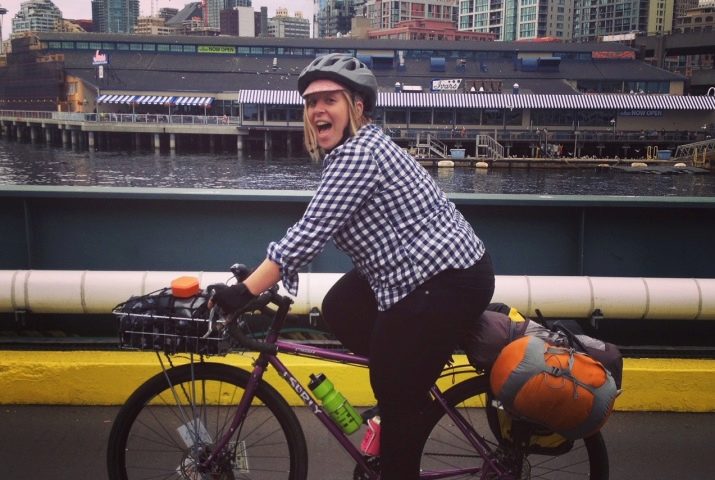
Choosing a bike with sufficient carrying capacity that can withstand large people, you must take safety as the basis for the choice. The design must be reliable, robust and without unnecessary "bells and whistles". The best option will be sustainable and hardy mountain models. Leaning forward and evenly distributing the load on the saddle and arms allow the rider to confidently ride difficult sections on such a bicycle, while the arm muscles tire slightly, and the tension in the intervertebral discs of the lower back decreases significantly.
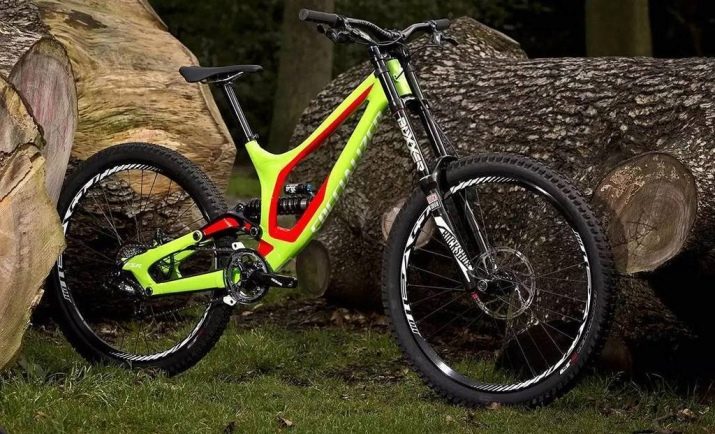
It is naive to a heavy person to think that in search of a suitable option you can find something cheaper. If you are a beginner and are not particularly oriented in the bicycle market, then remember that the price approach is the right way to choose a reliable model. Budget models are assembled from materials of appropriate quality. Start considering options starting at $ 600 and above, because it is about your health and safety. But this does not mean at all that the more expensive, the better.
According to experienced cyclists, the optimal price for cycling for massive people is $ 800–1000. The usual mountain single-hinged hardtail (Hard is hard, tail is “tail”) is enough for you, and the advice of bicycle shop consultants is sure to purchase an expensive two-hanging model for freeride (a special kind of bike sport) is nothing more than a marketing move.
It is unlikely that an obese person weighing 150 kg will “light” on extreme tracks and will be able to fully use the full technical potential of an expensive model - so why overpay?
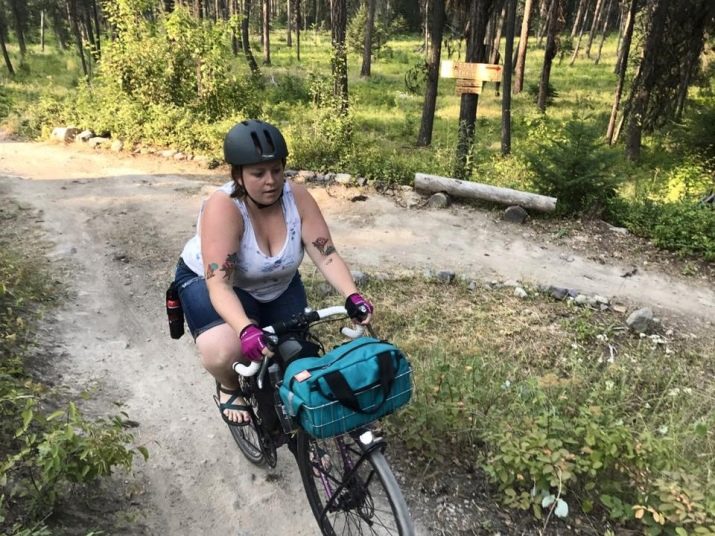
Technical features
It’s safer to come shopping with an experienced cyclist, as sellers in stores are not always “from your team”. It is necessary to pay attention to the main mechanical components, the remaining "little things" are not so important, if desired, they can be adjusted by replacement.
Frame
Heavy-weight riders should choose a hardtail with a lightweight reinforced aluminum or steel frame with a uniform pipe wall thickness. It’s good if there is an additional triangle on the frame to strengthen the seatpost. Focus on your height in height, but if fullness prevents you from raising your leg high when landing, choose a lowered version of the frame. Feel free to check it right in the store.
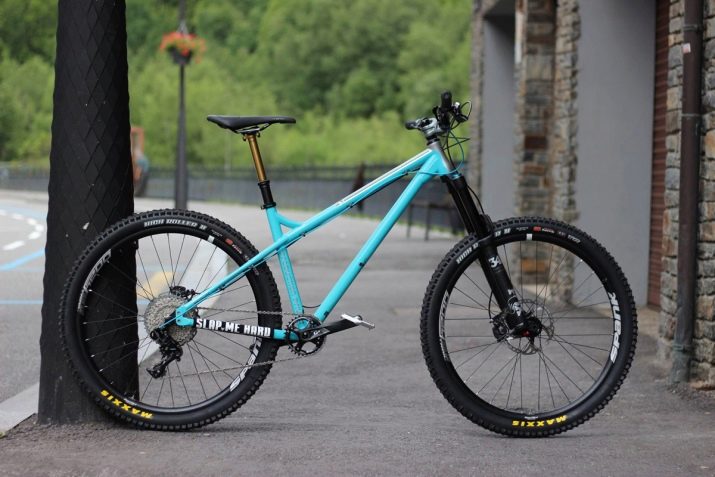
Wheels
Choose strong rims: double or triple for wide tires (slicks or half slicks), better with 36 knitting needles. Such wheels will support your weight without any problems. Anti-puncture tires allow you to ride for a long time without "surprises".
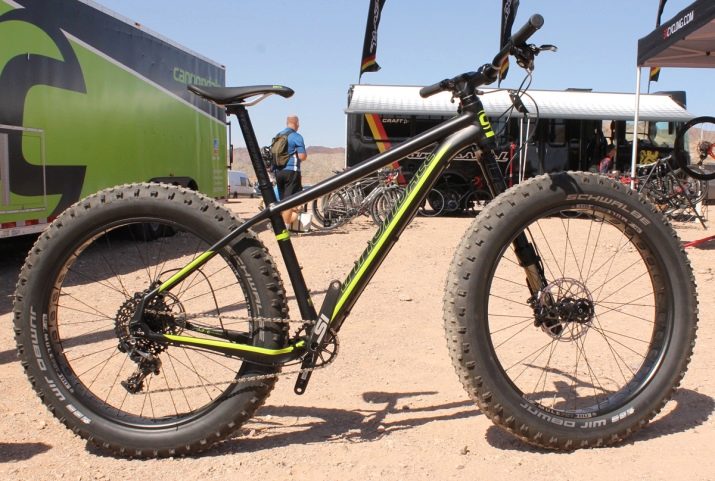
The brakes
To reduce the braking distance of the bike under heavy load, It is necessary to choose a disk version of the brakes. They will work even with a small "eight" of rims, and if they are still equipped with hydraulics, they are effective and sensitive during emergency braking (be extremely careful so as not to "bite forward").
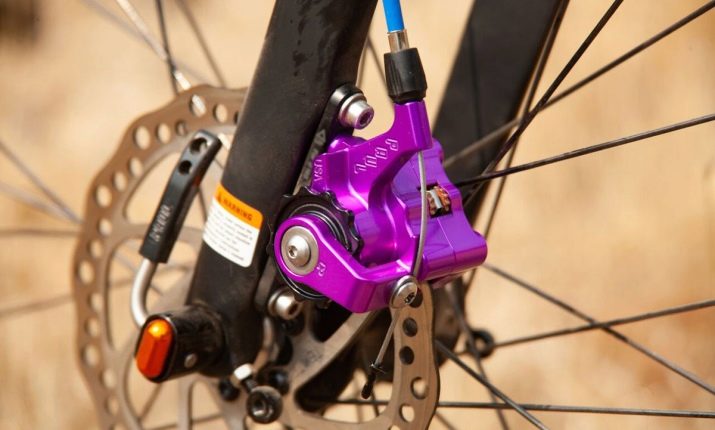
Shock absorbers
We need more than high strength of rigid shock absorbers and springs for safe driving on steep ascents and descents.
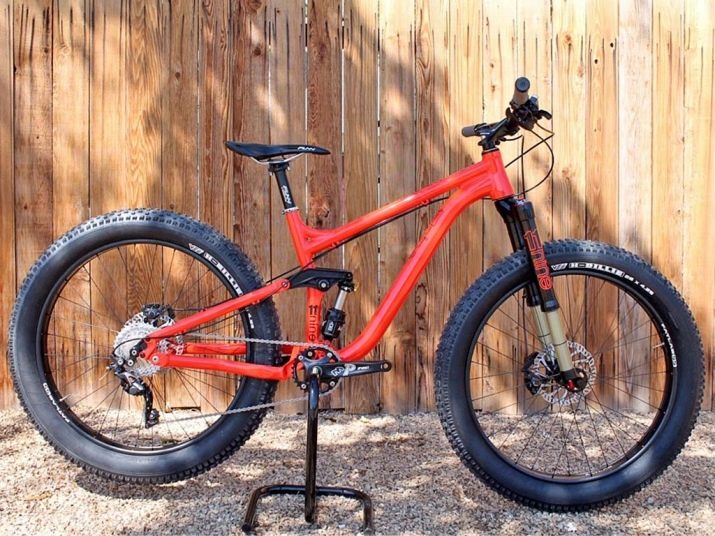
Rigid fork, leather saddle, steel pedals are preferred.
Experienced practical cyclists advise not to reinstall anything on a new bike after the purchase, but to roll back what is, and only then proceed with the upgrade (equipment replacement), and not all should be modernized at once, but gradually replaced individual units and parts as their quality deteriorates. It is practical, convenient and not so burdensome from a financial point of view.
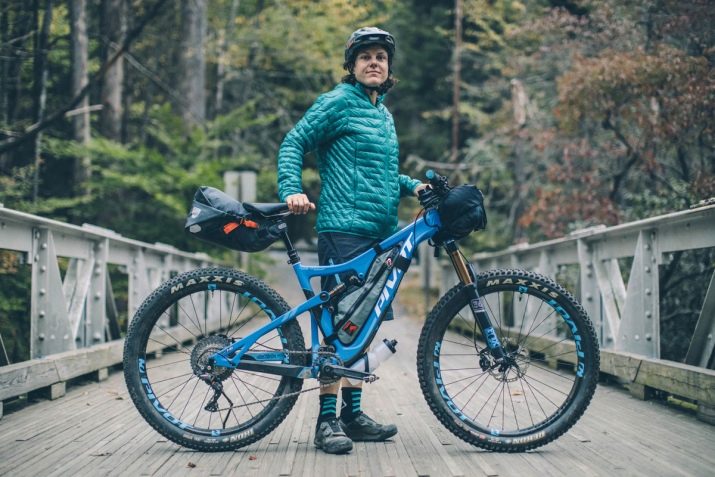
A normal bike in the price category of $ 600 + with an accurate ride will not be “killed" even with a large owner.
Cycling heavy people, both men and women, is comparable to extreme conditions, so these cyclists need to be prepared for more frequent repairs to a two-wheeled friend and a change of supplies.
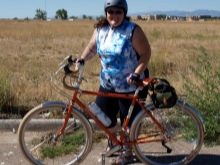
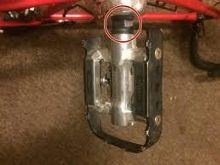
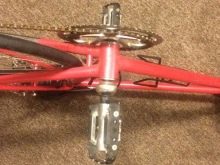
Useful Tips
To keep the bike in good condition as long as possible will help not only the right technical equipment, but also competent riding under maximum load. A few simple tips will come in handy for a fat cyclist:
- exclude aggressive riding, do not drive the bike, because "you go quieter - you will continue";
- watch for a proper fit;
- When driving on uneven areas or moving off the curb, do not sit on the saddle, but stand on the pedals;
- when climbing a hill, drive while sitting to keep pedals and a carriage longer;
- do not forget to change hand grip;
- gradually increase the daily bike ride;
- plan a stop in advance, avoid sudden braking, since a large mass due to inertia cannot stop instantly;
- constantly think over an upgrade (replacement of the equipment).
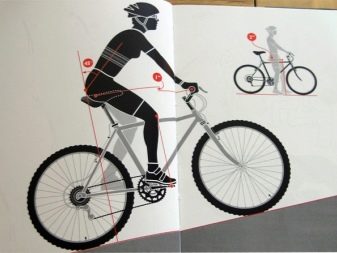
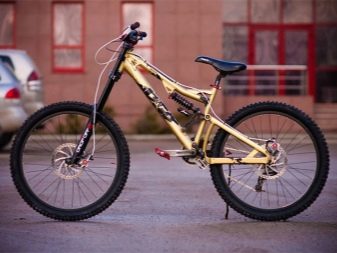
Regular movement on cycling will guarantee to pump all muscle groups and help to lose at least part of the excess weight. The main thing is to sweep away the complexes and not pay attention to the sympathetic smiles of others, or even to the caustic remarks of the "envious". Engage in cycling, don't be afraid of your weight, enjoy speed and be healthy!
You can find out how to choose a bike for heavy weight from the video.
